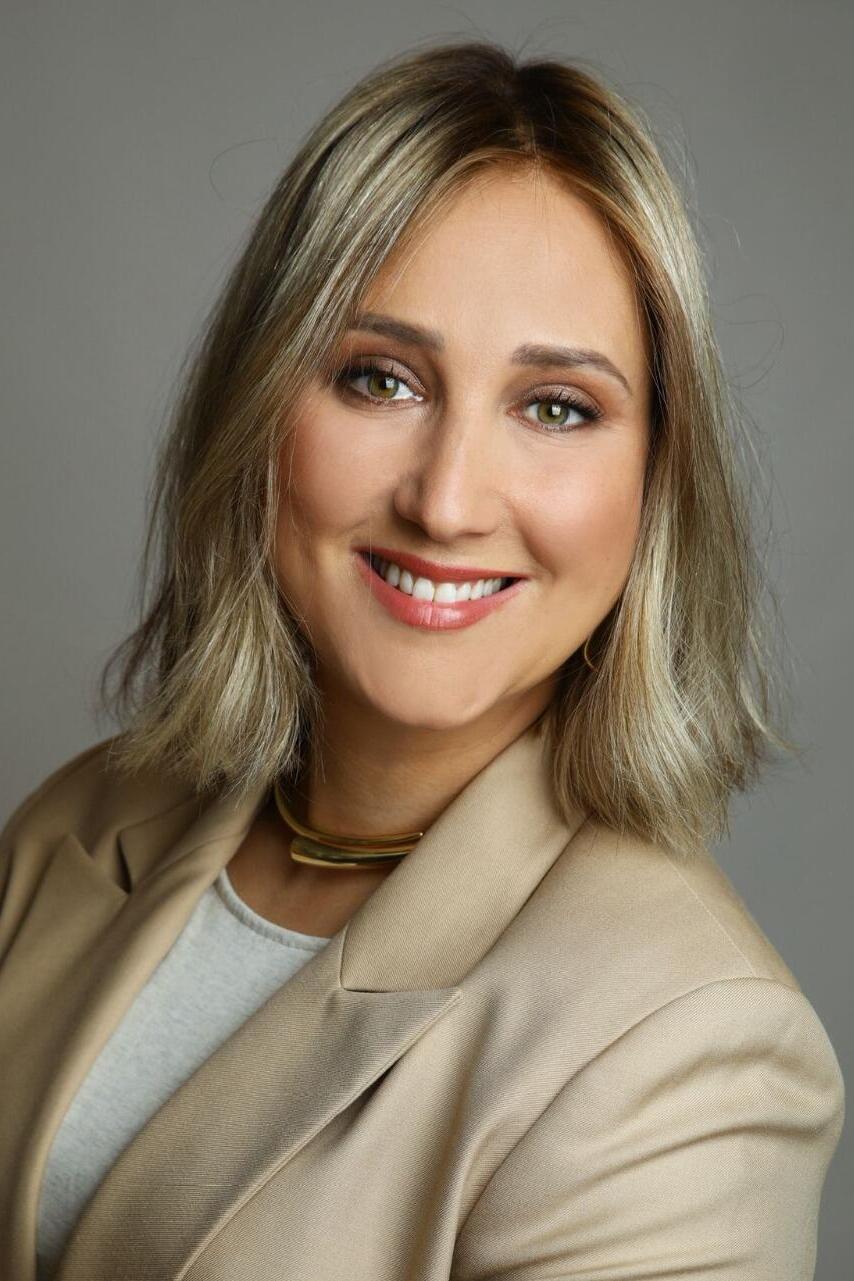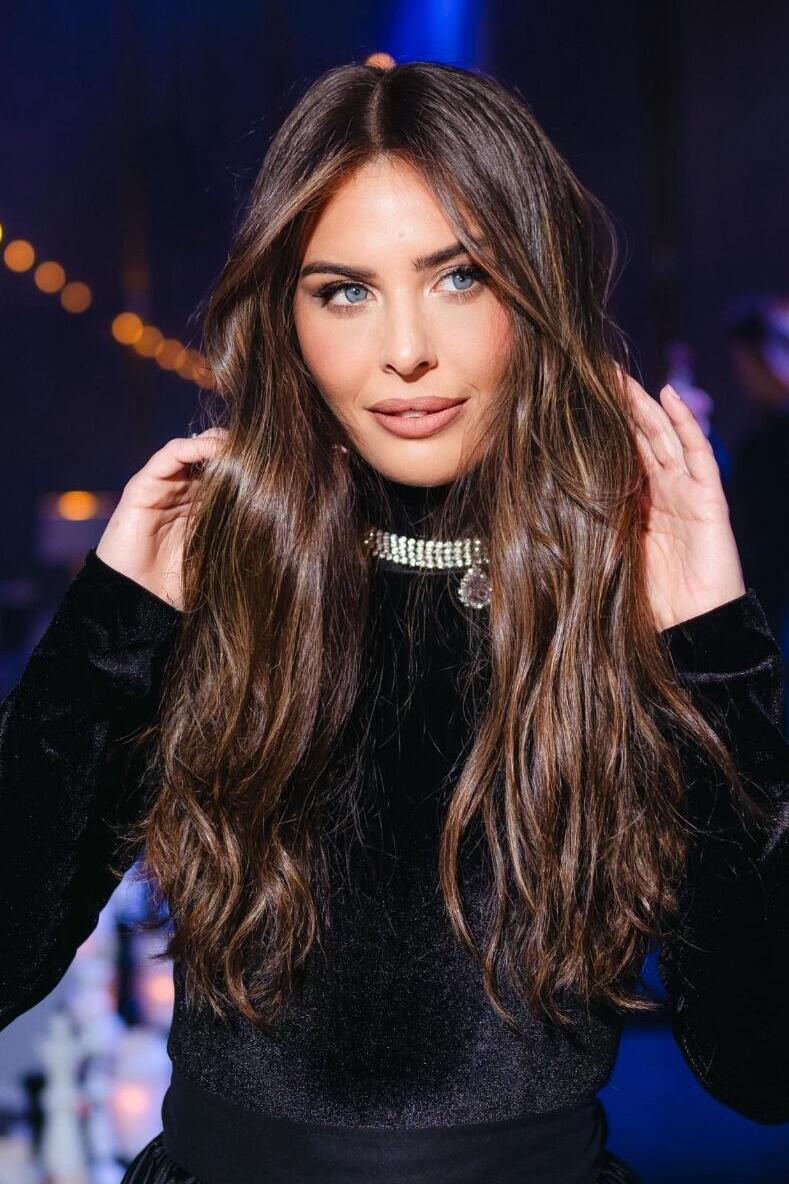Once associated almost exclusively with ultra-Orthodox Jewish women, wigs — or sheitels — are now crossing cultural and religious lines. What began as a religious head covering has evolved into a fashion accessory, as more women — religious and secular alike — turn to high-quality wigs for reasons ranging from modesty and medical need to personal style and convenience.
Chaya Branfman, owner of a leading wig and hair extension business, says her clientele has expanded well beyond its traditional base. “My journey in wigs started almost by accident, and at a pretty young age,” she recalls. “Something about creating a new look for a woman, helping her feel confident — it completely captivated me.” After several years as an employee, she opened her salon. “My sisters joined me later, the team grew, and now we support women from all walks of life — in their most personal moments.”
Do most of her customers come from religious communities? “That’s the beauty of this world — the diversity,” Branfman says. “I meet women from all backgrounds, but they all have one thing in common: they want to feel like the best version of themselves.”
Some women wear wigs for religious reasons, she explains, but that doesn’t mean they’re willing to compromise on style. “Others are dealing with hair thinning or medical conditions, and they discover that a good wig is the most natural solution. For them, the wig is more than just a cosmetic item — it’s a source of strength.”
Then there are the more glamorous use cases: stylists, fashion shoots, runway shows. “Some clients walk in with an Instagram photo and ask for a wig that looks exactly like it. That’s the most satisfying challenge.” The most requested style? The top lace wig. “It’s delicate, elegant, and looks completely natural. There’s a sheer mesh at the top with individual strands sewn by hand, so it mimics hair growing directly from the scalp. You can’t even tell it’s a wig.”
According to Branfman, wigs have long since shed their strictly religious associations. “Today, they’re a hot fashion item — seen on red carpets in Hollywood and TV screens in Israel.” Celebrities, models, and influencers now rotate wigs like outfits: blonde one day, auburn the next, a sleek bob for evening events. “It’s become a must-have. Wigs let you switch up your look, protect your natural hair, and wake up looking polished without effort.”
Her bottom line? “Who needs a wig? Any woman who wants one. Whether you're seeking a change, variety, or just a low-maintenance solution, a good wig doesn’t just change how you look. It changes how you feel.”
In Jewish tradition, married women are expected to cover most of their hair. Over the generations, this was done with scarves or hats. The first halachic mention of a hair-like covering appears in the Talmud: “A woman may go out with strands of hair, whether her own or another’s.” Still, community opinions vary. Some Haredi groups see wigs as modest; others believe they defeat the purpose. In rare, extreme cases, wig shops have even been vandalized.
Model-turned-social-activist Natali Dadon wears a wig regularly — but not for religious reasons. “I know it might be interpreted that way, but that’s not where I’m coming from,” she says. “I don’t define myself as secular or religious. Just Jewish. Connected. Believing. For me, the wig is a personal choice, not a societal statement.”
Dadon says her love of wigs began years ago. “I’d wear one to events or red carpets to switch up my look without damaging my hair. Over time, it just became part of me. Something I feel beautiful in.”
She rejects religious labels. “I don’t listen to the background noise. Everyone has their path. What matters is the intention behind the choice.” She references a teaching by the Lubavitcher Rebbe: head coverings are not meant to diminish a woman’s beauty, but to shield the energy in her natural hair. “If a wig makes a woman feel good, radiant, connected — that’s exactly what it should be.”
“A wig today isn’t about religious identity. It’s a fashion item — and an empowering one,” says Dadon. “It gives you options, confidence, and for women who haven’t been blessed with full, thick hair — it helps them achieve the look they always wanted.”
She says she uses wigs to reflect moments of modesty as well. “Twice a week, I dress modestly — not because I have to, but because it feels right. I’ve grown to love the quiet elegance of it. Where once I was mostly exposed, now I find new beauty in simplicity and kindness.”
To her, modesty isn’t about long skirts or headscarves — it’s a mindset. “Sometimes it's jeans and a top. Or a one-piece swimsuit. It’s not about clothes — it's about presence. I hope people connect to my soul, not just my outfit.”
Meital Edri, a high-profile mortgage consultant and entrepreneur, also wears a wig, despite not being religious. “People assume it’s a religious thing — and that’s okay. But I’m not religious, though I do believe in something. For me, a wig is just a smart, practical choice.”
Edri first tried one at a fashion event produced by Branfman. “It was for International Women’s Day, all about strong women. I wore one of Chaya’s wigs and instantly fell in love. It fit perfectly and looked better than my real hair. From there, it became part of my routine.”
Does she think religious women view secular wig-wearers as inauthentic? “I stay away from judgment. Every woman chooses what works for her. For me, it’s not a religious statement — it’s a personal one. If it helps me show up confidently and focus on my work instead of my hair — that’s as real as it gets.”
And Edri sees a trend. “More and more secular, high-powered women around me are discovering the magic of wigs. Once you realize how much time and money they save, they become a tool. It’s not just that they look amazing — they give you confidence and expression. And that’s what every woman needs, especially when she’s on a fast track like I am.”




